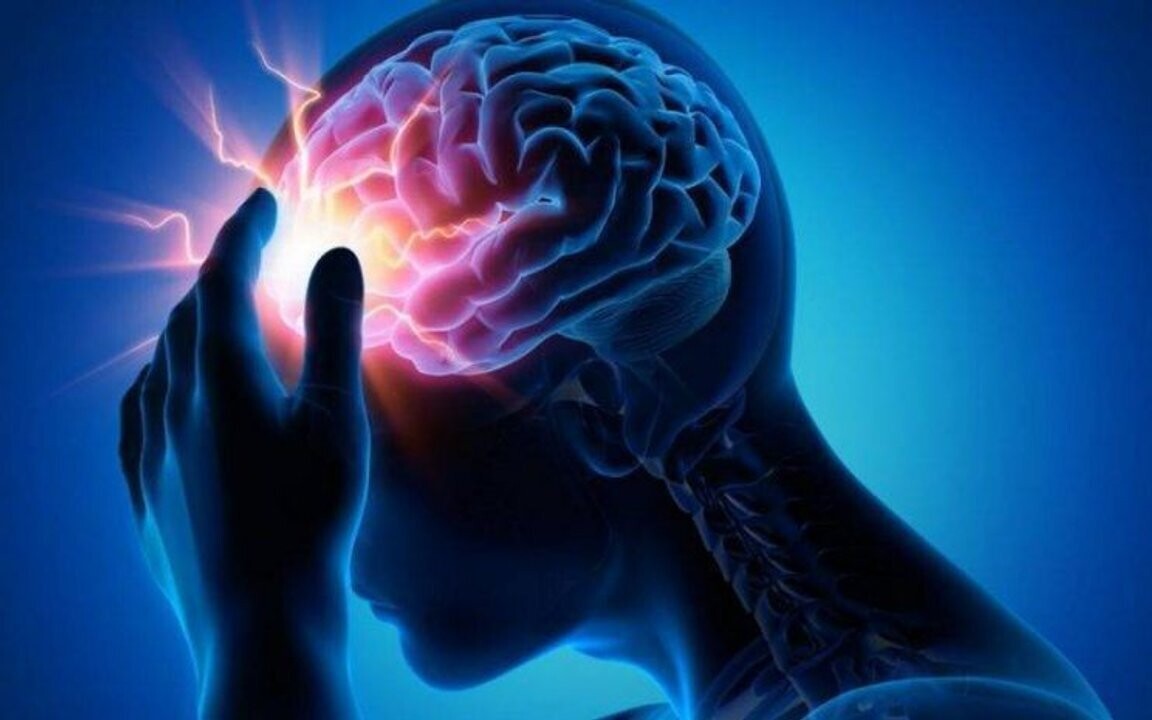
“It is essential to continue until the set goals and the highest possible level of rehabilitation are achieved”. Beyond the medical aspects, going through a stroke or a chronic disease that affects mobility implies a profound transformation in the patient's daily life and that of their environment. “It is common to see that, after a stroke, people who progressively recover a certain level of language and gait abandon rehabilitation without completing a process that, thanks to neuroplasticity, is very encouraging,” said Daniel Prieto, a physical therapist and co-founder of the Manos del Sur Rehabilitation Center. “It's never too late to rehabilitate, which has clear implications for recovery after a stroke,” the specialists assured. Therefore, the comprehensive approach to spasticity includes not only medical intervention and physical therapy, but also emotional and social support that allows patients and their families to navigate the path to recovery with more resources and less overload. “The support helps maintain motivation on the most difficult days, but it also offers a space for containment and exchange of practical learnings that enrich the journey,” stated Juan Manzano Small, president of the association Por una vida libre de ACV. Within the framework of rehabilitation, the comprehensive plan may include personalized medical treatments, physical therapies to help regain mobility, and strategies to manage the emotional impact. Each sustained step in rehabilitation opens the possibility of recovering functions, gaining independence, and improving quality of life. On this path, patient organizations play a fundamental role. Anxiety, fatigue, and frustration often appear, but patience and resilience are also strengthened when the group manages to accompany the process. Rehabilitation also involves logistical challenges: in many cases, it requires frequent trips to specialized centers, coordinating schedules with work or school routines, and reorganizing family dynamics. Fundamentally, treatments may include: Physical therapy (guided exercises for stretching, flexibility, joint mobility, muscle strengthening). Medication, such as botulinum toxin type A (which works by relaxing tense muscles, providing significant benefits by reducing muscle stiffness and alleviating pain). Surgery. Although some limpness or lack of mobility in a hand may persist, they feel they have already achieved quite a bit—which is true—but persevering in the 'readaptation' process and not giving up could allow many to walk with almost no difficulty and recover functions that seemed lost. In some cases, when other options have not been effective. The website www.unabrujulaentucamino.com.ar is an absolutely free space that offers validated information that can help the patient and their environment identify spasticity, guide on how to feel better, what doubts to clear with the doctor, and where to get more help. “From our place, we raise awareness to work on prevention, but we also provide reliable information, promote support networks among families going through similar experiences, and collaborate in making visible the daily difficulties that such a situation presents,” said Verónica Matassa, a specialist in Physical Medicine and Rehabilitation, founding member of the Latin American Scientific Society of Rehabilitation (SOCILAR), Master in Comprehensive Approach to Spasticity from the University of Salamanca, and representative of the International Society of Physical Medicine and Rehabilitation (ISPRM). “It is not the same to achieve the most complete rehabilitation possible as not to do so.” “These demands can generate wear and tear, but maintaining treatments over time is key, because it has been proven that consistency translates into concrete results and tangible improvements in quality of life. Involuntary spasms, muscle contractions that occur without control, and static postures such as a bent arm or feet in an uncomfortable position are signs of spasticity, a motor disorder that appears as a consequence of an injury to the central nervous system and, most of the time, also causes pain and a significant impact on activities of daily living. “Spasticity is a common sequela in people who have suffered a stroke or spinal cord injury, those who have cerebral palsy or diseases such as multiple sclerosis or other associated pathologies, although stroke is the main cause of spasticity,” stated Dr. Máximo Zimerman, neurologist, director of the neuroplasticity, stimulation, and motor control laboratory at INECO and Medical Director of ALCLA Rehabilitation Clinic. “It is an extremely frequent condition in the context of rehabilitation after a stroke: 60% of stroke patients develop some degree of spasticity within 6 months after the episode. It is particularly relevant to make the diagnosis as early as possible, since untreated spasticity can require double the recovery time and increase physical complications,” stated Dr. Among other information it provides, it details the following signs that warrant a medical consultation: Flexed elbow against the chest. Curved toes, curving downward. Extended elbow, difficult to bend. Overly excited reflexes. Increased muscle tone or resistance. Extension of the big toe. Flexed wrist, hitchhiker's thumb. Abnormal posture. Muscle spasms or painful cramps. Hand in a fist with curved fingers. Stiffness in the arms, hands, legs, or feet. Difficulty stretching the muscle. Involuntary movement or shaking. Plantar flexion of the ankle, foot pointing down. Knee extension. Starting treatment early helps prevent permanent muscle contractures and deformities, as well as reduce the pain associated with muscle tension. The reorganization of schedules, the adaptation of the home, the need for constant care, and the uncertainty about the evolution impact the emotions of the entire family.













